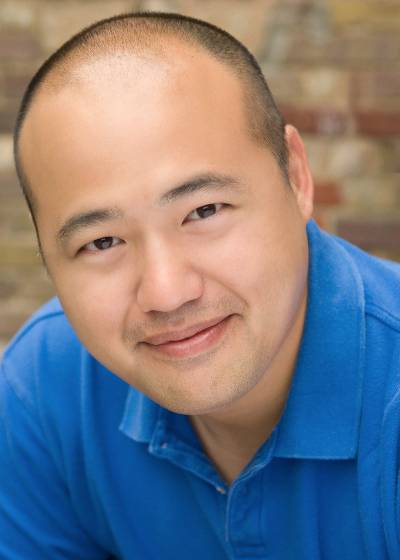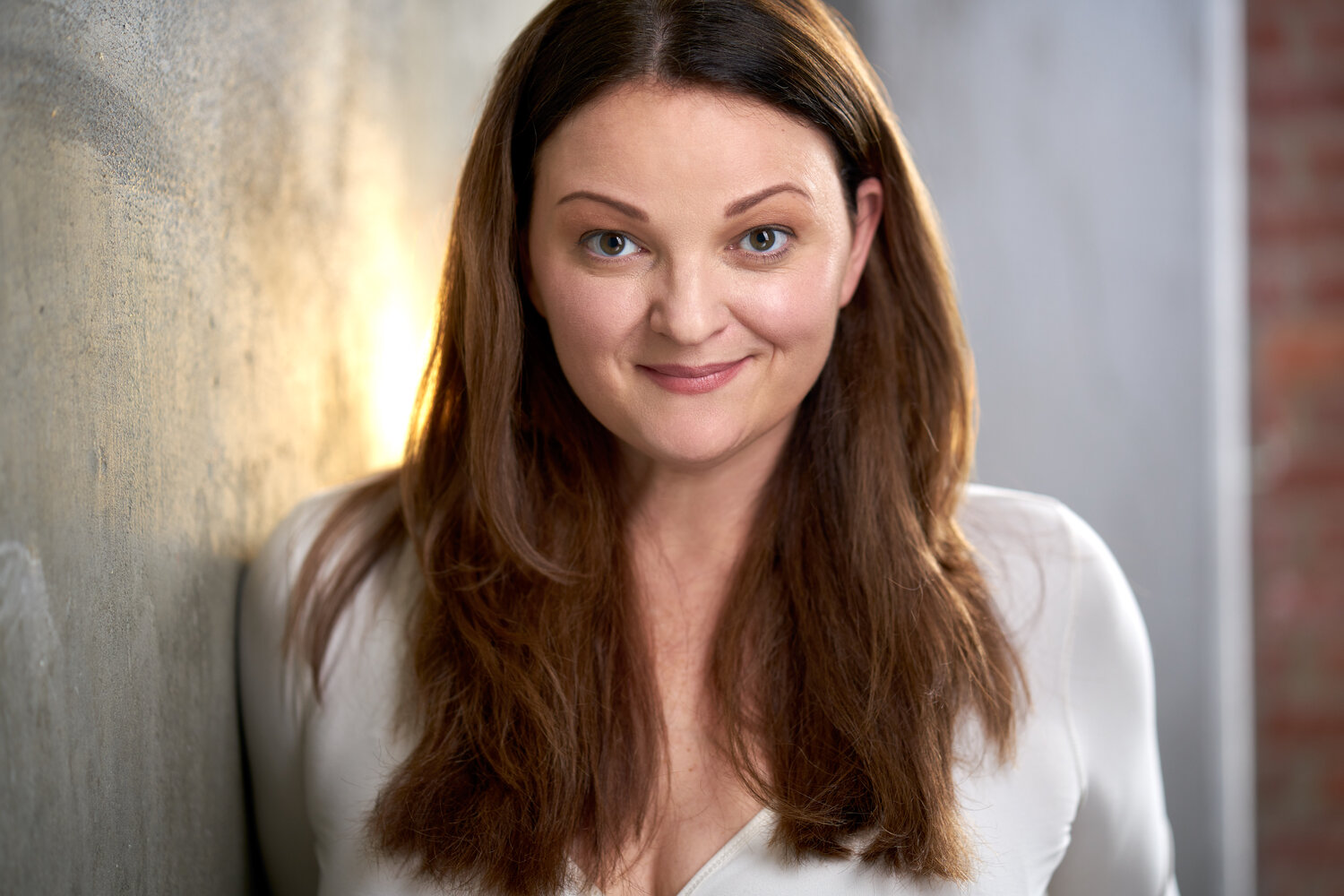
It's the day all actors dread, the rehearsal actors circle on their calendar's weeks in advance, themoment that requires actors to build up large amounts of mental and emotional stamina just to make through--rehearsing the romance scene.
For whatever reason, the rest of the cast and crew are called to rehearsal that day too, and they are gathered in the audience or in the wings watching intently. The actors hit their marks on stage and await the director's instructions. The director has given detailed notes up to this point on how to emulate their vision.
Not this time, though.
They come in from break, sit down in the middle of everyone and yell out “Alright! Whenever you're ready!”
After a long, awkward pause, the actors look at each other. “What do you want us to do?” one of them asks.
The director shouts back, “Just start kissing each other!”
As ridiculous as it sounds, this is a scenario that most performers know all too well. For years, many theatre, film, and television directors have taken a “Just go for it!” approach to staging intimacy. At its best, this kind of work results in an awkward performance. At its worst, it produces an unsafe environment for performers who feel they have no way of speaking up or setting their own boundaries.
Jesse Jou, assistant professor of directing in the School of Theatre and Dance, and the director of the upcoming musical Spring Awakening, recognized this issue early in his career.
“I think there was a lot of inconsistency and a lot of carelessness,” said Jou, “in terms of how we as theatre makers dealt with intimacy on stage. Many of us who are coming from earlier backgrounds were just told, you know, ‘Actors figure it out!' And I think those kinds of attitudes have really created environments where actors' boundaries weren't respected or even acknowledged.”
So, what contributed to this problem? How did it get so bad?
“I think a number of things,” said Jou, “including sexism, including a lack of awareness. Also, I think, there's a stereotype about artists that we're all free and open with everything. There are a lot of assumptions about what people actually are free and open about. One of the best results of this current movement has been saying, ‘Yes, actors and performers, in general, are willing to take risks, but what are you as artistic leaders in the room doing to ensure that we're doing that in an environment that takes our needs into consideration?'”
When approaching the issue in this light, the bravery of those individuals who sparked movements like the #MeToo movement nationwide or the #NotInOurHouse movement in Chicago becomes clearer and clearer. These awakenings prepared the way for action, and that action took the form of a burgeoning role in the performance industry. Enter, the Intimacy Choreographer.
 Laura Rikard is a co-founder and head faculty member at Theatrical Intimacy Education, a consulting group specializing in researching, developing, and teaching best practices
for staging theatrical intimacy. Because she has worked frequently in the performance
industry as both an intimacy choreographer for live stage performances and an intimacy
coordinator on tv and film sets, we hired her as the intimacy choreographer for this
year's production of Spring Awakening at Texas Tech.
Laura Rikard is a co-founder and head faculty member at Theatrical Intimacy Education, a consulting group specializing in researching, developing, and teaching best practices
for staging theatrical intimacy. Because she has worked frequently in the performance
industry as both an intimacy choreographer for live stage performances and an intimacy
coordinator on tv and film sets, we hired her as the intimacy choreographer for this
year's production of Spring Awakening at Texas Tech.
When asked to describe the recent advent of the intimacy choreographer in the performance industry, Rikard responded,
The work is actually quite old. And the research, it has been around for a while. It's the discipline of intimacy. It took the #MeToo movement to make the industry recognize the discipline, but there are some women who've been doing this in Hollywood for 30 to 40 years. So, when the #MeToo movement happened, the industry was like, well, there are these people out there named intimacy people, maybe they can help with this.
So, what is the job of the intimacy choreographer? For Rikard, it starts with setting up a whole new system of approaching intimacy on stage:
We needed a way to choreograph these physical moments of intimacy that honors the actors' boundaries, and that wasn't dependent upon actors' lived experience. My research partner, Chelsea Pace, and I--that's part of what we've done in our research with ethical intimacy education--create a desexualized vocabulary for staging intimacy. Along with systems, we're setting boundaries and having a consent-based space.
But for Rikard, it doesn't just stop there:
Something Chelsea and I say is we'd like to put ourselves out of business. We'd like for these tools to be so integrated into everything that we do, that you don't need that specialist anymore. It's great that the discipline has been recognized. It's great that we can have these specialists when we need them, but everyone should be thinking about what makes their space a consent-based space. How do we always honor and establish boundaries? How is that part of everything that we do not just on the nights that we're staging a moment of physical intimacy.
And this is the kind of work that Rikard and Jou have brought into the rehearsal process for Spring Awakening. From the onset, both recognized the unique needs in approaching a show that has sexual elements so close to its core.
“Right away, there was no question that an intimacy director would be needed,” said Jou: “Simply because of the nature of the material, and thinking about our community here at Texas Tech, in terms of asking young performers to undertake a show that really requires a lot of vulnerability from them.”
For Rikard, this will be her third time working on Spring Awakening, and she describes each experience as being unique to the different ensembles. She gives a moment from rehearsal here at Tech as an example:
Last night, what we choreographed for the hay loft scene is vastly different than the other two shows I've worked on. That has to do with the interpretation that the ensemble wants to tell, that has to do with the style of the show that Jesse and the designers are telling, that has to do with how the actors move, and how they physically interact with each other.
Artistic leaders across the country are beginning to accept this consent-based and desexualized system of staging intimacy as the standard for the performance industry. If you'd like to see the discipline at work, catch Spring Awakening during its run, November 9-14, with a student preview performance on Monday, November 8. For tickets and information, visit the School of Theatre & Dance website.
